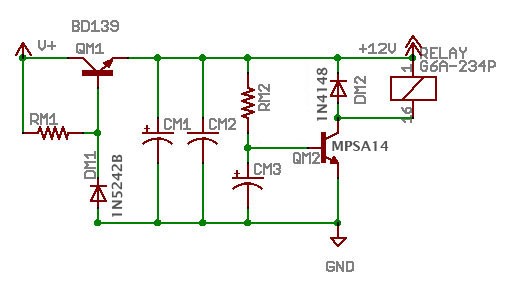tomb
Member of the Trade: Beezar.com
- Joined
- Mar 1, 2006
- Posts
- 10,890
- Likes
- 1,049
Awesome, im currently building a cmoy to re-learn how to solder, but i will start on the minimax after that.
Sounds like a good plan.

Awesome, im currently building a cmoy to re-learn how to solder, but i will start on the minimax after that.

Will HE500 and LCD2 sounds good with miniMax? Right now I paired them with EF5. Will miniMax gives a significant improvement over EF5? Thanks
Sorry tom I didn't mean disrespect to anybody here. I used to be sceptical about tubes for their noise issue, old technology etc. But I also realize that tubes has so many faithful fans out there. I thought there's must be something special about them. So I decided to buy this EF5 amplifier for my HE500. And then I finally can understand why so many people loooves the sound of tubes. And my EF5 is so small but sounds so nice to my ears. I wonder if a bigger tube amps will take my setup to a much higher level. I asked around and someone very experienced DIYer suggested to try SSMH or miniMax if I want to have a big step up from my current setup. He said these amps are a steal for their price. So I just want to know your opinion here guys. Maybe I just send you PM than ask in this thread about the comparison between them. I really appreciate your information. Thanks


Hi all,
I was wondering if I may have a hand in troubleshooting my MiniMax.
It's been going strong for quite a couple of years now, but unfortunately as I did not use a case for it, dust gathered and the blue smoke escaped.
At first i thought the problem was isolated around the burnt QM1 which I've replaced, found out DM1 was open circuit, so replaced that as well. Fuse was a gone as well. I've then verified that the relay now successfully trips and that both relay output coils are switching. TA2L- Gnd/ TA2R-Gnd and TA2L-TB1L/ TA2R-TB2R are biased still correctly.
I'm not really where to go from here. Could anyone recommend any other pads i should be testing?
Cheers,
Bismar
Questions:
- If those points are biased correctly, does that mean that the amp turns on, but you get no sound?
- What is the voltage setting?
- Are you using the proper adapter (24VAC)?
- How about the tubes - have you tried swapping them out?
I'm not sure I see the issue from your description. If the bias points are correct and you can tell that the relay switches in, you should get sound unless the tubes are blown. Maybe you have a shorted tube? Just as a check, can you give us the exact readings from your bias points?
tomb,
Thanks very much for your help, you solved it!
Its been so long that one pair of tubes has blown I did not honestly think about even swapping them out. Turns out both my previous tubes must have blown in the short.
Its such a huge difference being able to use this amp again!





Thanks Tom - but is it entirely necessary to do the mod?
In my minimax, I notice a slight click on power on, and also the same at power off. But it's not painful on the ears or anyway, so I never ever take my headphones out of the socket. Is that ok?



